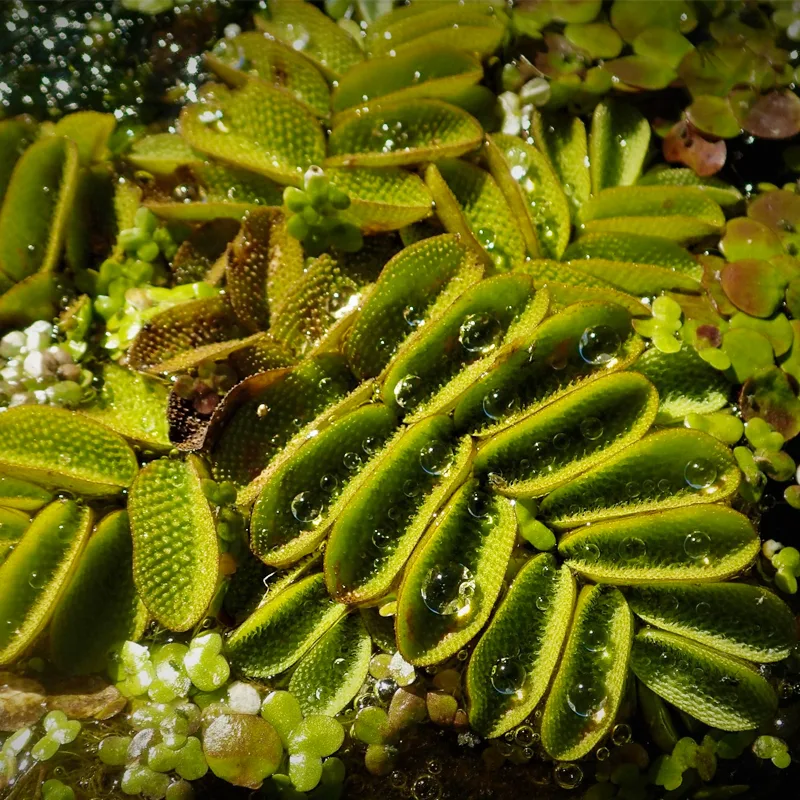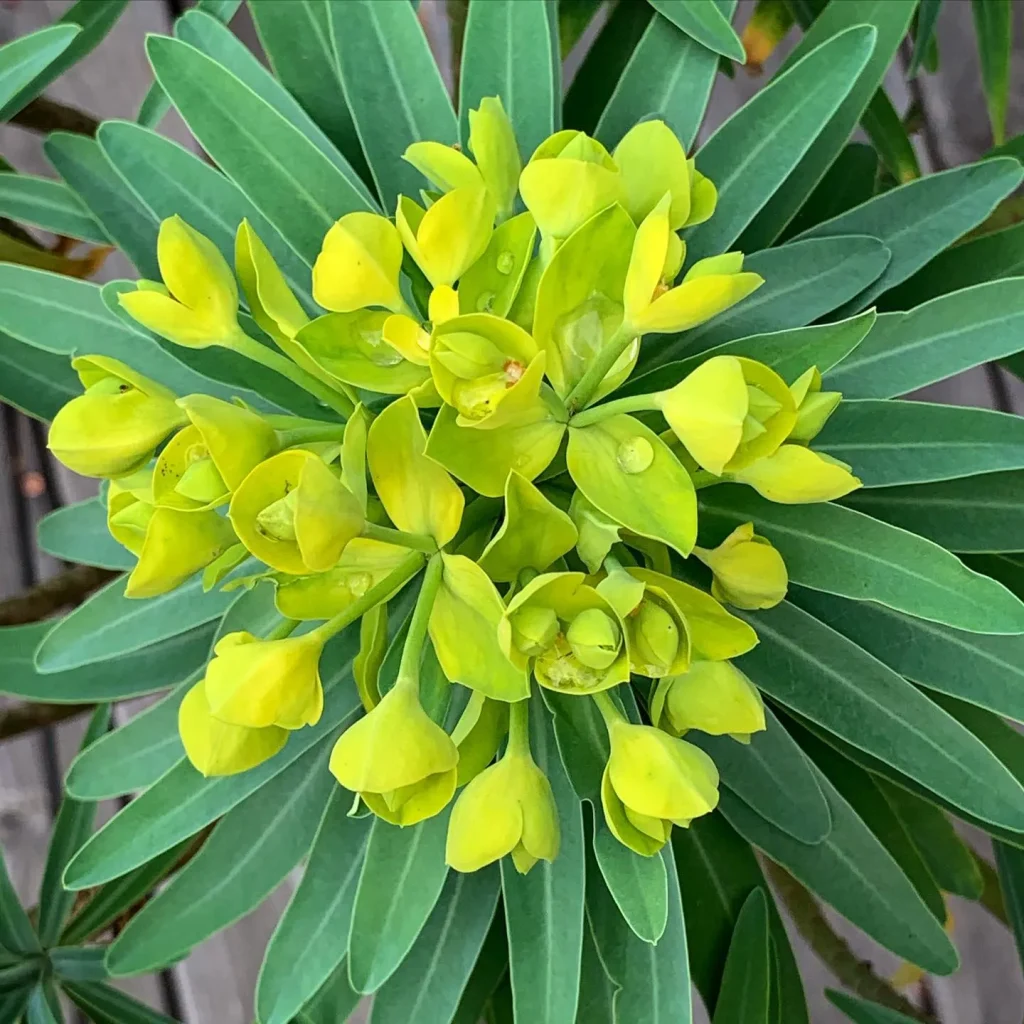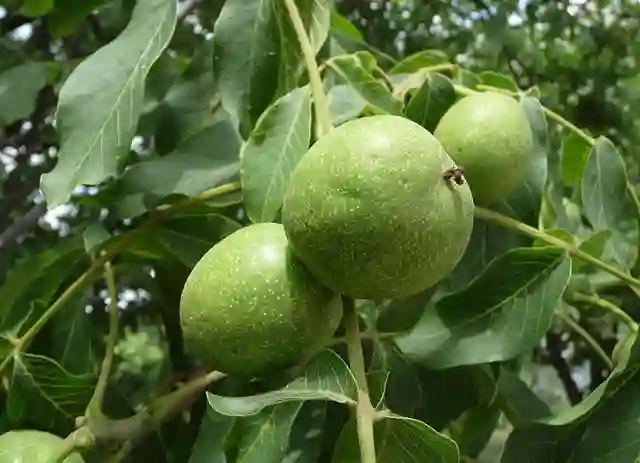
What Is Andropogon Virginicus?
Andropogon Virginicus, commonly known as Broomsedge Bluestem, is a perennial grass native to North America. It features slender stems and fine, needle-like leaves that turn a striking reddish-brown in the fall. This grass can grow up to 3 feet tall and is often found in open fields, pastures, and along roadsides.
133 Species in Genus Andropogon
How to Tell Andropogon Virginicus from Schizachyrium Scoparium?
Identifying Andropogon Virginicus can be tricky, especially when it’s growing alongside Schizachyrium Scoparium, also known as Little Bluestem. Here are some key differences to help distinguish them:
- Growth Habit: Andropogon Virginicus tends to have a more open, bushy appearance with a wispy, less dense growth compared to the more upright and compact Schizachyrium Scoparium.
- Leaf Texture: The leaves of Andropogon Virginicus are generally finer and more needle-like, while those of Schizachyrium Scoparium are broader and more blade-like.
- Seed Heads: The seed heads of Andropogon Virginicus are more nodding and less dense, with a softer, more feathery appearance. In contrast, Schizachyrium Scoparium’s seed heads are more upright and densely packed.
- Color: In autumn, Andropogon Virginicus often turns a reddish-brown color, whereas Schizachyrium Scoparium takes on a more golden hue.
Why Is Andropogon Virginicus Invasive?
Andropogon Virginicus is considered invasive in many regions due to its ability to spread rapidly and outcompete native plants. Here are some reasons for its invasive nature:
- Aggressive Growth: It has a vigorous growth habit that allows it to quickly dominate open spaces and displace native species.
- High Seed Production: This grass produces a large number of seeds that can be dispersed by wind, water, and animals, leading to widespread colonization.
- Adaptability: Andropogon Virginicus thrives in a variety of soil types and environmental conditions, making it difficult to control once established.
- Limited Natural Predators: In many areas, natural predators and diseases that would typically keep its population in check are absent, allowing it to spread unchecked.
What Birds Eat Andropogon Virginicus Seeds?
The seeds of Andropogon Virginicus are a food source for several bird species. Some birds that feed on these seeds include:
- American Goldfinch: Known for their affinity for seeds from grasses and weeds.
- Song Sparrows: These birds frequently consume seeds from various grass species, including Andropogon Virginicus.
- Dark-eyed Juncos: These birds are common seed eaters in open fields and grassy areas.
- Field Sparrows: They also forage for seeds in grassy habitats.
How to Care for Andropogon Virginicus?
Caring for Andropogon Virginicus involves understanding its basic needs:
- Sunlight: It prefers full sun but can tolerate partial shade.
- Soil: Well-draining soil is essential. It can grow in poor soils but thrives in loamy or sandy soils.
- Watering: It is drought-tolerant once established but benefits from occasional watering during prolonged dry spells.
- Maintenance: Minimal maintenance is required. However, cutting back the grass in late winter or early spring can help promote new growth and keep it tidy.
How to Propagate Andropogon Virginicus?
Propagation of Andropogon Virginicus is usually done through seeds. Here’s a simple guide:
- Seed Collection: Collect seeds in late summer or fall when they are fully mature.
- Sowing Seeds: Sow the seeds directly in the ground or start them indoors in pots. They need light to germinate, so scatter the seeds on the soil surface and press them in lightly.
- Spacing: Space the seeds or seedlings about 12-18 inches apart to allow for their full growth.
What to Plant With Andropogon Virginicus?
Andropogon Virginicus pairs well with a variety of other plants, especially in prairie-style or meadow gardens:
- Echinacea: Coneflowers complement the grass’s height and add vibrant color.
- Rudbeckia: Black-eyed Susans provide a nice contrast with their bright yellow blooms.
- Achillea: Yarrow’s flat-topped clusters of flowers mix well with the fine texture of Andropogon Virginicus.
- Panicum Virgatum: Switchgrass can create a cohesive look with other ornamental grasses.
Can You Grow Andropogon Virginicus Indoors?
Growing Andropogon Virginicus indoors is not recommended. It is a grass that thrives in outdoor conditions and requires a lot of space to grow naturally. Indoor environments usually lack the sunlight and space needed for it to reach its full potential.
Is Andropogon Virginicus Toxic?
Andropogon Virginicus is not considered toxic to humans or pets. It is generally safe to have in gardens and naturalized areas, but as with all plants, it’s best to avoid ingesting large quantities.
Benefits of Andropogon Virginicus
Despite its invasive tendencies, Andropogon Virginicus has several benefits:
- Erosion Control: Its extensive root system helps prevent soil erosion.
- Wildlife Habitat: It provides cover and food for various wildlife species.
- Low Maintenance: Once established, it requires minimal care and is drought-tolerant.
Common Problems with Andropogon Virginicus
Some common issues include:
- Invasive Spread: Its aggressive growth can lead to it outcompeting other plants in the garden.
- Weed Management: It may require management to prevent it from becoming too dominant in desired areas.
By understanding these aspects of Andropogon Virginicus, you can better manage and appreciate this versatile grass, whether you’re dealing with it in a natural landscape or as part of a garden design.
If i die, water my plants!



